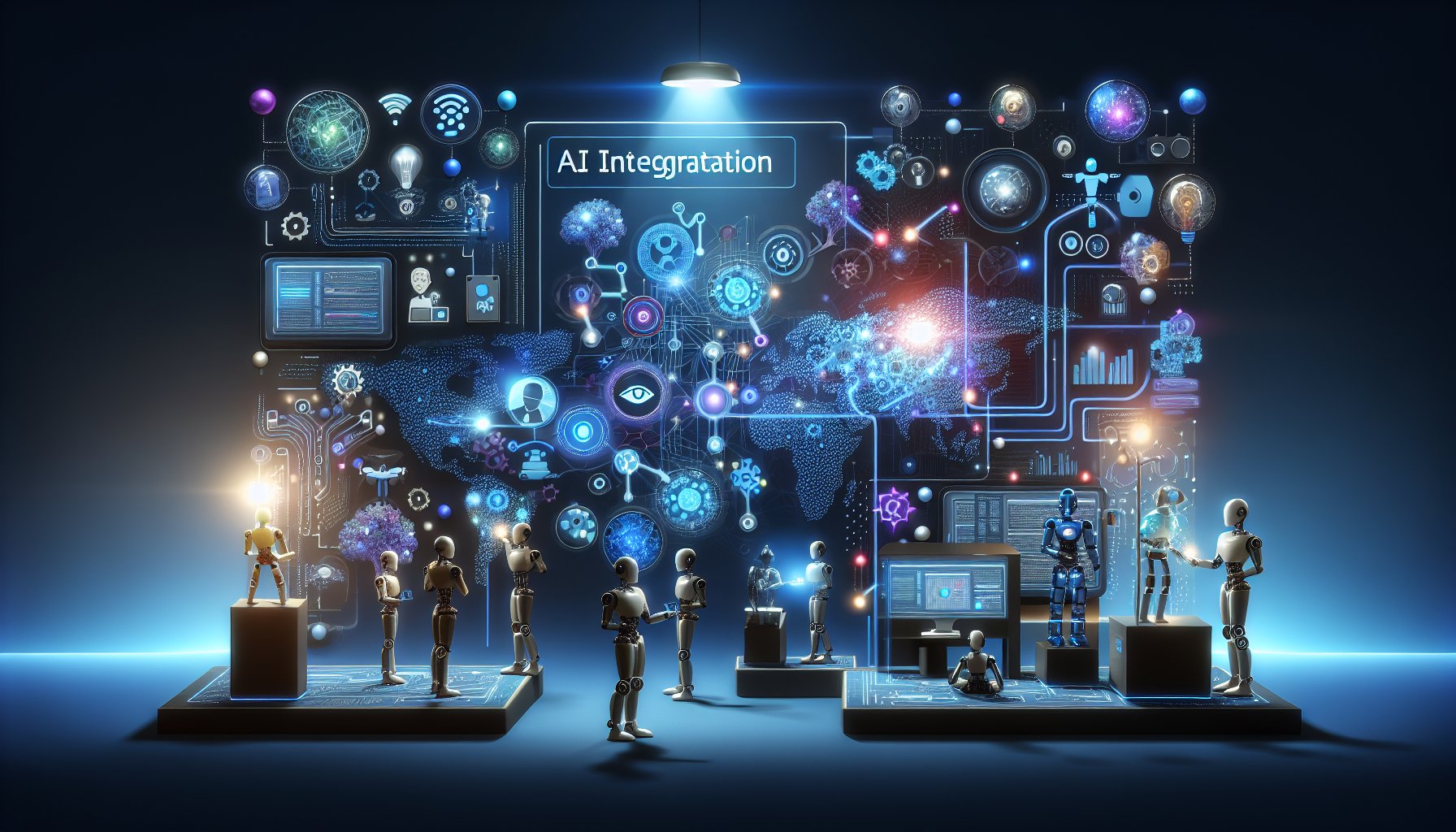Introduction
Welcome to the world of tomorrow, today. As we navigate the exciting landscape of 2025, AI integration is no longer a speculative concept but a tangible reality. This blog post delves into the cutting-edge strategies for AI integration, providing actionable insights for businesses and developers to stay ahead of the curve. From advanced machine learning techniques to innovative cloud computing solutions, we will examine the revolutionary integration strategies that are shaping our future.
Embracing Microservices for Scalable AI Integration
Microservices have emerged as a game-changer in the realm of AI integration. This architectural style breaks down applications into smaller, loosely coupled services, allowing for enhanced scalability and flexibility. AI components can be efficiently integrated into existing systems, allowing for seamless updates and maintenance without disrupting the entire application. Microservices also facilitate parallel development and deployment, significantly accelerating the AI integration process.
Practical Example: Microservices with Kubernetes
Consider Kubernetes, the open-source container orchestration system. Kubernetes allows developers to automate the deployment, scaling, and management of AI-driven microservices, thereby streamlining the integration process.
apiVersion: apps/v1
kind: Deployment
metadata:
name: ai-service
spec:
replicas: 3
selector:
matchLabels:
app: ai-service
template:
metadata:
labels:
app: ai-service
spec:
containers:
- name: ai-service
image: ai-service:1.0
Leveraging Serverless Architectures for Efficient AI Integration
Serverless architectures have significantly simplified the process of AI integration. By abstracting away the underlying infrastructure, serverless computing allows organizations to focus on developing and integrating AI capabilities without worrying about server management. This results in decreased operational costs, seamless scalability, and faster time-to-market.
Practical Example: AI Integration with AWS Lambda
AWS Lambda is a quintessential example of a serverless computing platform. It allows developers to run their AI applications without provisioning or managing servers. Here's a basic example of deploying an AI model using AWS Lambda.
exports.handler = async (event) => {
const AWS = require('aws-sdk');
const s3 = new AWS.S3();
const params = {
Bucket: 'my-bucket',
Key: 'my-ai-model'
};
const data = await s3.getObject(params).promise();
const model = data.Body;
// Load and use the AI model here
};
Conclusion: Future-Proof Your AI Integration Strategies
As we continue to push the boundaries of what's possible with AI, it's imperative for businesses and developers to stay abreast of the latest integration strategies. By embracing microservices and serverless architectures, organizations can ensure scalable, efficient, and cost-effective AI integration. Keep an eye on emerging trends, continuously adapt, and always be ready to harness the technology of tomorrow, today.
